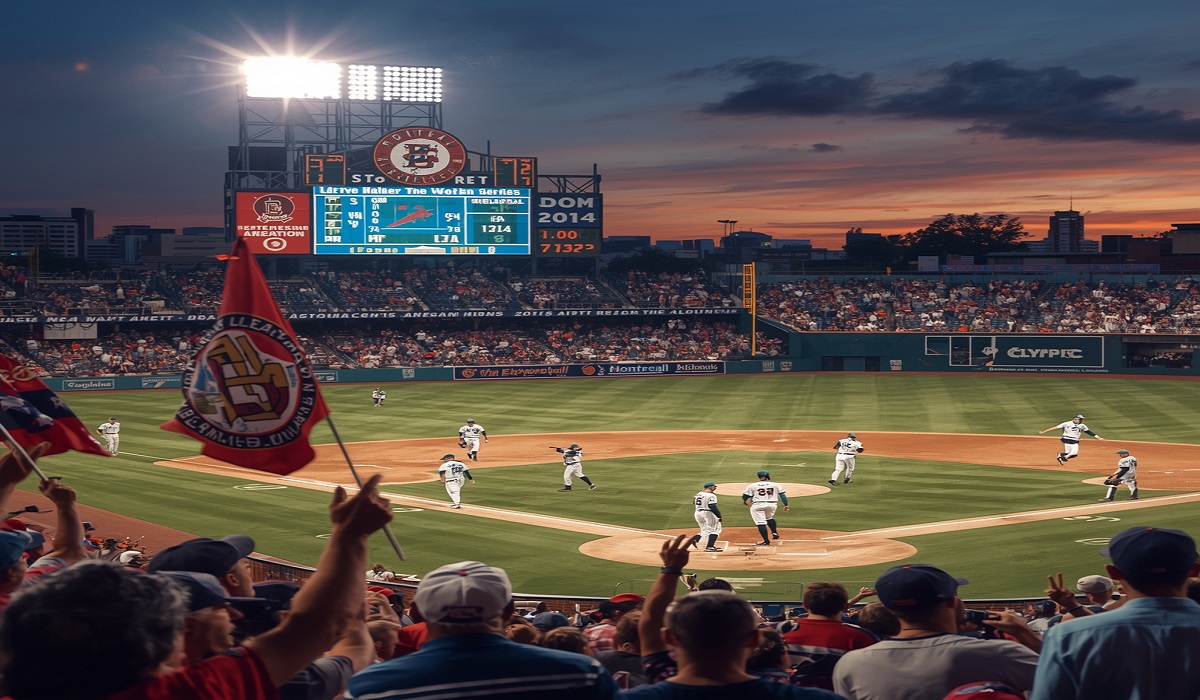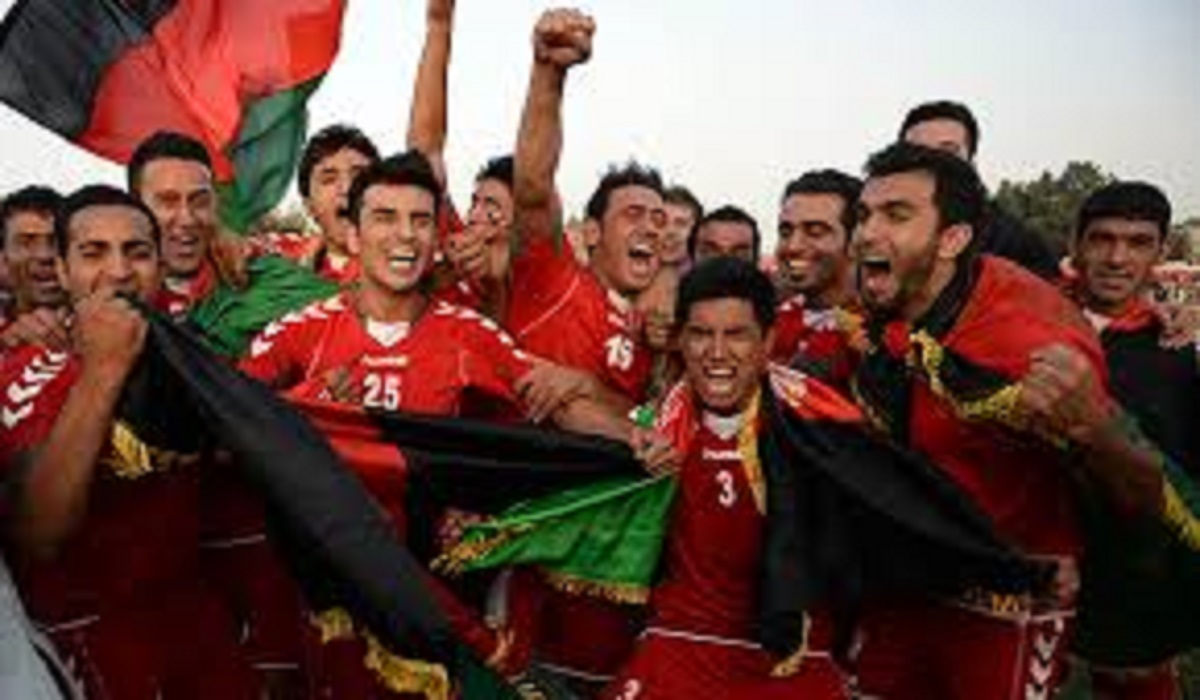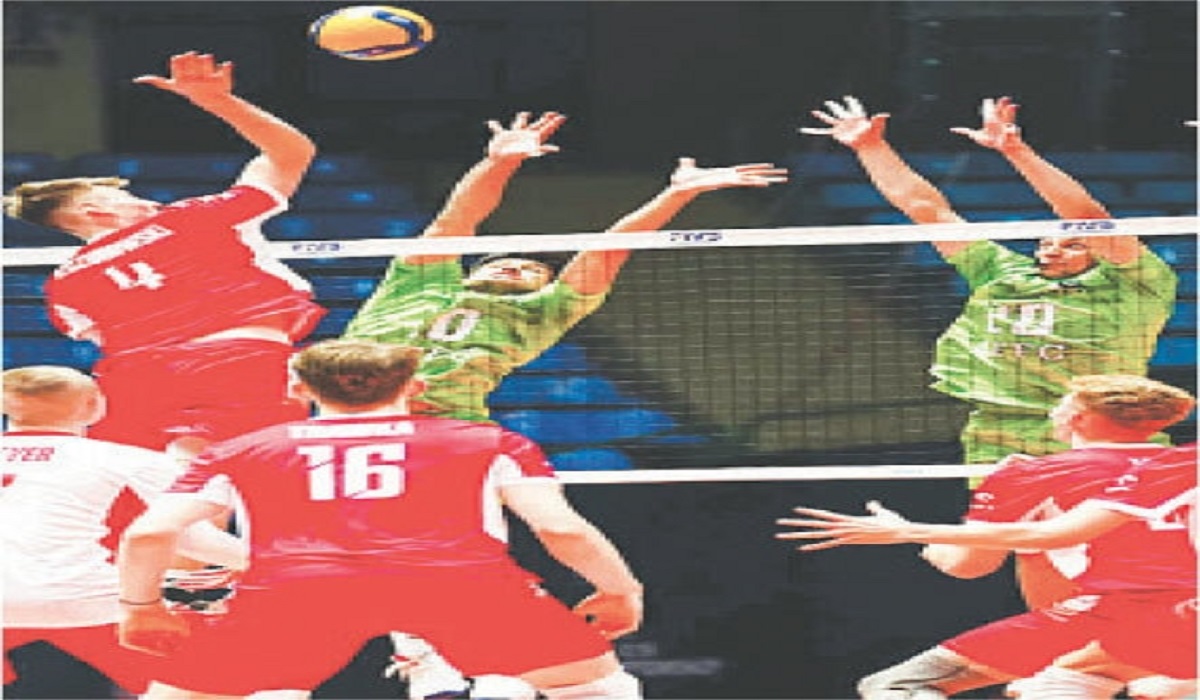1994 MLB strike never happened
1994 MLB strike never happened: The 1994 Major League Baseball season was not a normal one. It felt special from the very first pitch. Batters were hitting the ball harder and more often than in many years. Pitchers were dominating. The excitement in ballparks across the country was electric.
Fans were talking about historic achievements almost every day. The Montreal Expos, a team from Canada, had the best record in the game. They were a young, fast, and powerful team that captured everyone’s attention.
Many people believe the Montreal Expos would have made a strong run to the World Series if the season had finished. Their story is one of the biggest tragedies of the strike. The team never really recovered and eventually moved to Washington, D.C. The question of what if the 1994 MLB strike never happened is deeply tied to the fate of this beloved team.
The strike did not just stop a season; it changed the future of entire franchises and the cities that supported them. The landscape of baseball would look very different today if the full schedule had been played.
- The Montreal Expos: This team had a record of 74 wins and 40 losses when the strike began. They were six games ahead in their division and showed no signs of slowing down.
- A National Sensation: With stars like Larry Walker, Moises Alou, and Pedro Martinez, the Expos were a complete team with excellent hitting, fielding, and pitching.
- A Lost Legacy: The cancellation of the postseason denied Montreal a chance to win its first championship, a event that might have kept the team in Canada for good.
Chasing a Legend: The Battle for .400
One of the most magical numbers in all of sports is a .400 batting average. This means a player gets a hit forty times for every one hundred times he comes to bat. No one had finished a season hitting .400 since Ted Williams did it in 1941. In 1994, Tony Gwynn of the San Diego Padres was making a serious attempt to reach that legendary mark. When the season stopped, Gwynn was hitting .394.
It is one of the most famous near-misses in baseball. Fans and experts still talk about whether Tony Gwynn could have reached .400. He was one of the best hitters to ever play the game, with incredible skill and focus.
Thinking about what if the 1994 MLB strike never happened leads directly to Tony Gwynn’s quest. He had 419 official at-bats when the strike began. To reach .400, he would have needed to maintain an incredibly high level of performance for another six weeks against tired pitchers.
- A Consistent Performer: Gwynn was known for his consistency. His batting average was actually rising in the weeks before the strike, giving fans hope.
- The Pressure of History: The media attention would have grown with each game, creating a stressful environment. However, Gwynn was a calm and experienced player.
- A Lost Opportunity: Whether he finished at .401 or .398, the baseball world was robbed of seeing one of its great artists pursue his masterpiece.
Home Run History and Other Records Left Incomplete
While Tony Gwynn was chasing hits, other players were chasing home runs. The home run race in 1994 was just starting to heat up. Matt Williams of the San Francisco Giants had 43 home runs when the season ended. He was on a pace to challenge Roger Maris’s single-season record of 61 home runs, a record that seemed almost unbreakable at the time. The question of what if the 1994 MLB strike never happened includes this lost home run chase.
Beyond the home runs, the 1994 season was full of other players having extraordinary years. Frank Thomas of the Chicago White Sox was having another MVP-level season. Jeff Bagwell in Houston was also putting up huge numbers. The strike wiped all these potential records off the books.
It reset the statistics and left fans wondering what the final numbers would have been. The official record books have a permanent asterisk next to the 1994 season, not for cheating, but for incompleteness.
- The Pace of History: Matt Williams was not alone. Ken Griffey Jr. had 40 home runs, and he was also on a pace to threaten the home run record.
- Shortened Statistics: Because the season was only 114 games long instead of the usual 162, no official records for a full season were set. This changed how we view the accomplishments of that year.
- A Prelude to 1998: Some believe the powerful hitting of 1994 was a sign of things to come, leading to the famous 1998 home run race between Mark McGwire and Sammy Sosa.
How the Baseball Playoffs Would Have Looked?
When the strike happened on August 12, the division races were taking shape. The Montreal Expos led the National League East. The Cincinnati Reds were ahead in the National League Central. The Los Angeles Dodgers were on top in the National League West. In the American League, the New York Yankees led the East, the Chicago White Sox the Central, and the Texas Rangers the West.
The playoffs are the most exciting part of the baseball year. The 1994 postseason was canceled entirely, leaving fans to guess who would have won. Would the Montreal Expos have won the World Series? Could the powerful New York Yankees have taken the title?
The question of what if the 1994 MLB strike never happened is a favorite topic for baseball historians who use statistics to simulate the remaining games. These simulations often show the Expos and Yankees as the most likely teams to meet in the World Series.
- A Clash of Titans: A World Series between the Expos and Yankees would have been a dramatic story of a big-money powerhouse against a small-market underdog.
- Unknown Heroes: The playoffs are where new stars are born. We will never know which unknown player might have become a legend in October 1994.
- A City’s Lost Celebration: Either Montreal or Cleveland (which had a strong wild-card team) would have hosted its first World Series in decades, creating lifelong memories for their fans.
The Lasting Impact on Baseball and Its Fans
The 1994 MLB strike did not just change one season; it changed the sport for many years. Fans were very angry. They felt the players and owners were greedy and did not care about the game. When baseball returned in 1995, attendance at games dropped sharply. It took a long time, and the exciting 1998 home run race, for many fans to come back to the ballparks.
The trust between the fans and the game was broken. This event made people question their love for baseball. It showed that the business of sports could hurt the games people love. Considering what if the 1994 MLB strike never happened means thinking about a world where that trust was never broken. Maybe fans would have returned faster. Maybe the records set that year would have inspired a new generation sooner. The strike left a scar on the sport that took years to heal.
- A Loss of Goodwill: Many casual fans stopped following baseball altogether, turning to other sports like football and basketball.
- Changes to the Game: The strike led to new rules and a new playoff format, including the Wild Card, when the game returned in 1995.
- A Lesson Learned: The pain of 1994 is often referenced whenever players and owners have disagreements today, as a warning of what can be lost.
Frequently Asked Questions
1. What was the main reason for the 1994 MLB strike?
The main reason was a disagreement between the team owners and the players about money. The owners wanted a salary cap, which is a limit on how much a team could spend on player salaries. The players’ union did not want a salary cap because they felt it would keep salaries from growing.
2. Who was most affected by the 1994 baseball strike?
The Montreal Expos were the most affected team. They had the best record in baseball and a real chance to win the World Series. The strike ruined their momentum, and the team never found the same success again, eventually moving to a different city.
3. Could Tony Gwynn have really hit .400?
No one can know for sure, but he had an excellent chance. He was one of the greatest contact hitters in history and was hitting well over .400 in the weeks just before the strike. Many experts believe he could have maintained his pace or come very, very close.
4. How long did the 1994 MLB strike last?
The strike began on August 12, 1994. It continued through the end of the season, canceling the World Series. It was not settled until the spring of 1995, causing the 1995 season to be shortened as well, starting late with only 144 games.
5. What is the connection between the 1994 strike and the 1998 home run race?
The 1994 season showed that players were becoming very powerful. The canceled home run chase of 1994 involving Matt Williams and Ken Griffey Jr. set the stage for the famous 1998 race between Mark McGwire and Sammy Sosa, which finally captured the nation’s attention and brought many fans back to the game.
Conclusion
The question of what if the 1994 MLB strike never happened is more than just a fun guessing game for baseball fans. It is a story of lost dreams and altered histories. It is about the Montreal Expos team that never got its chance, the .400 batting average that was never officially pursued, and the home run record chase that was put on hold.
Most of all, it is about the fans who lost their fall tradition and the trust that was broken between them and the sport they loved. The 1994 season remains a powerful reminder of what makes baseball special and how fragile that magic can be. It is a chapter in the history books that will always be unfinished, inviting us to imagine what might have been.







